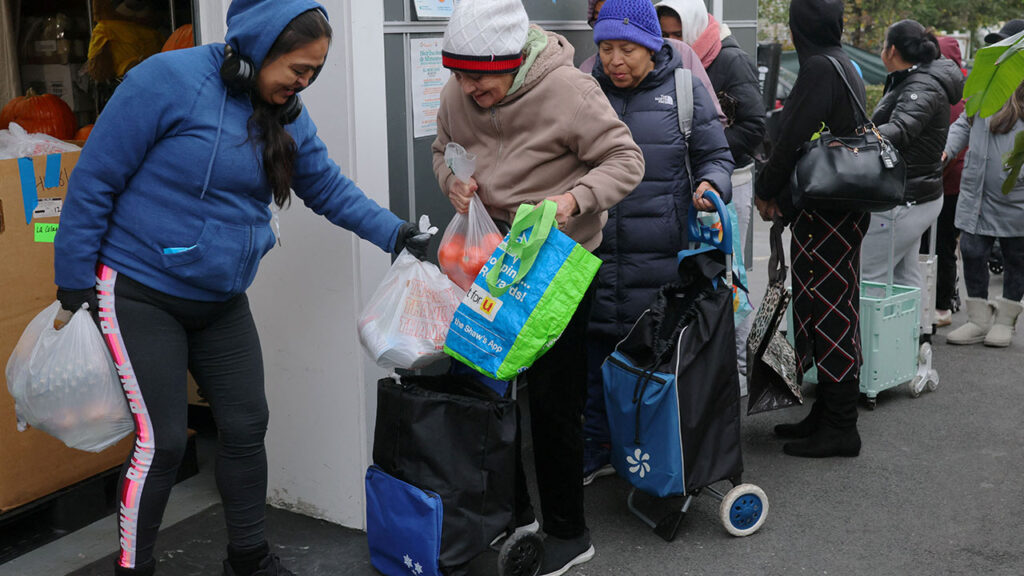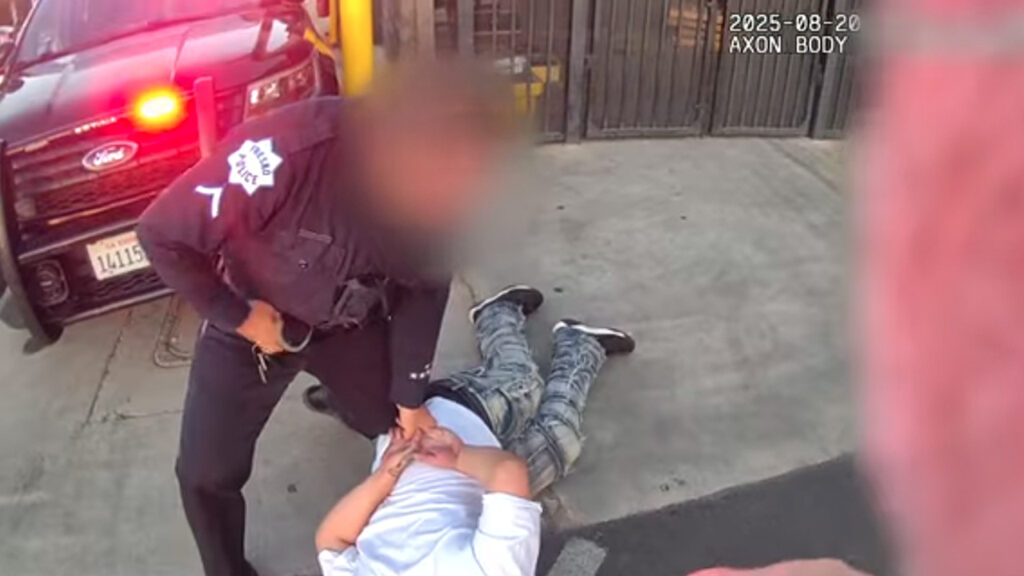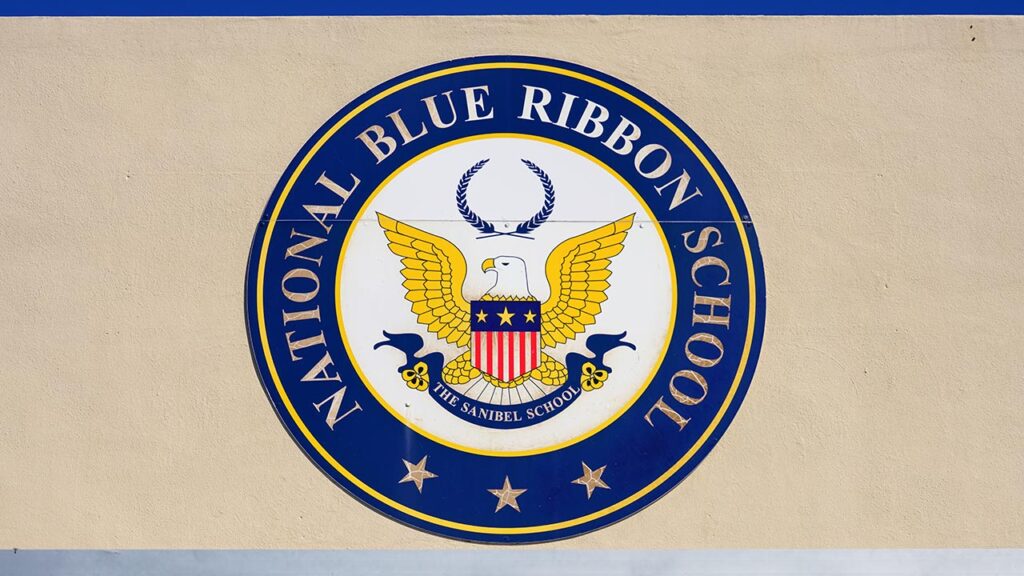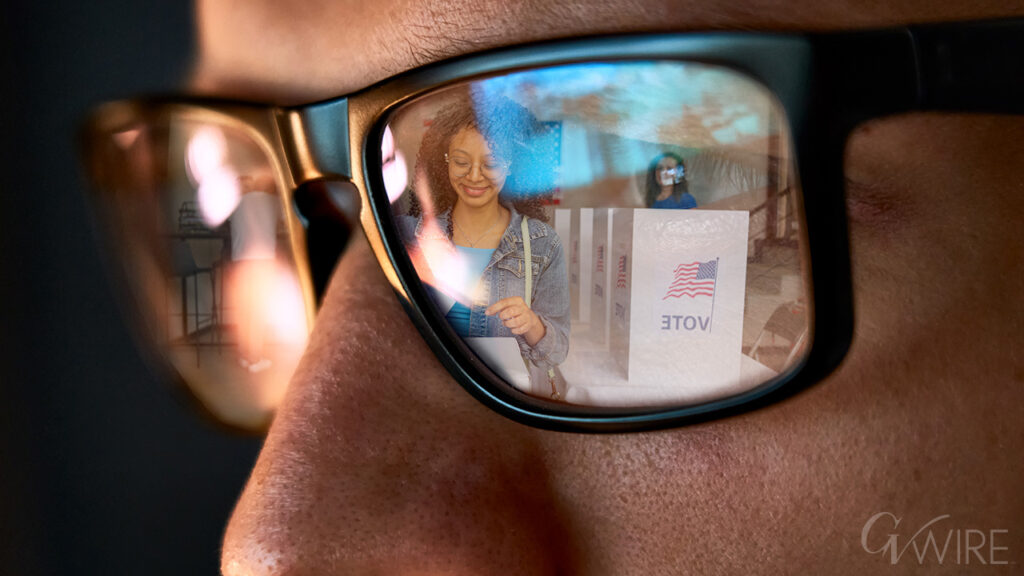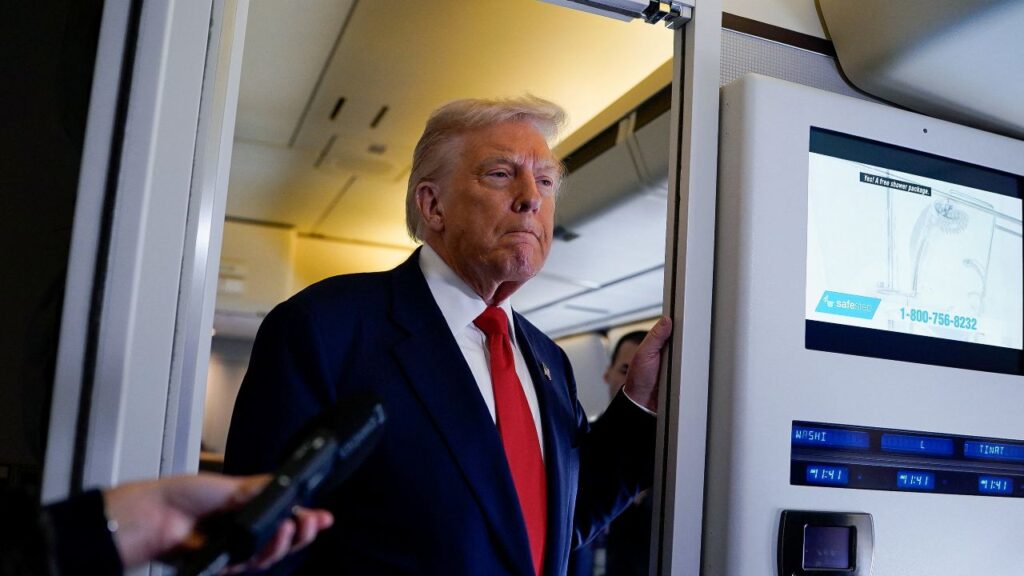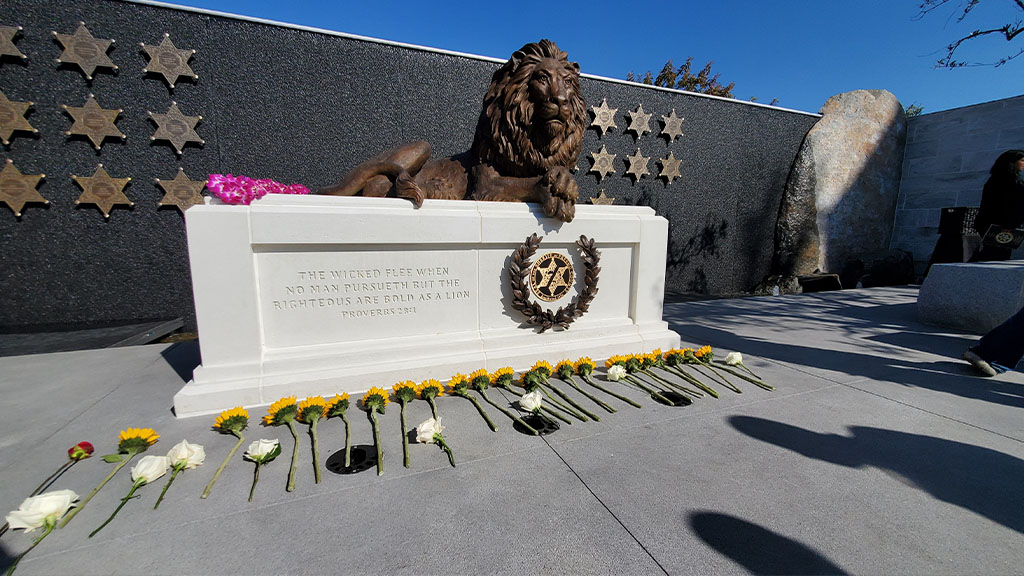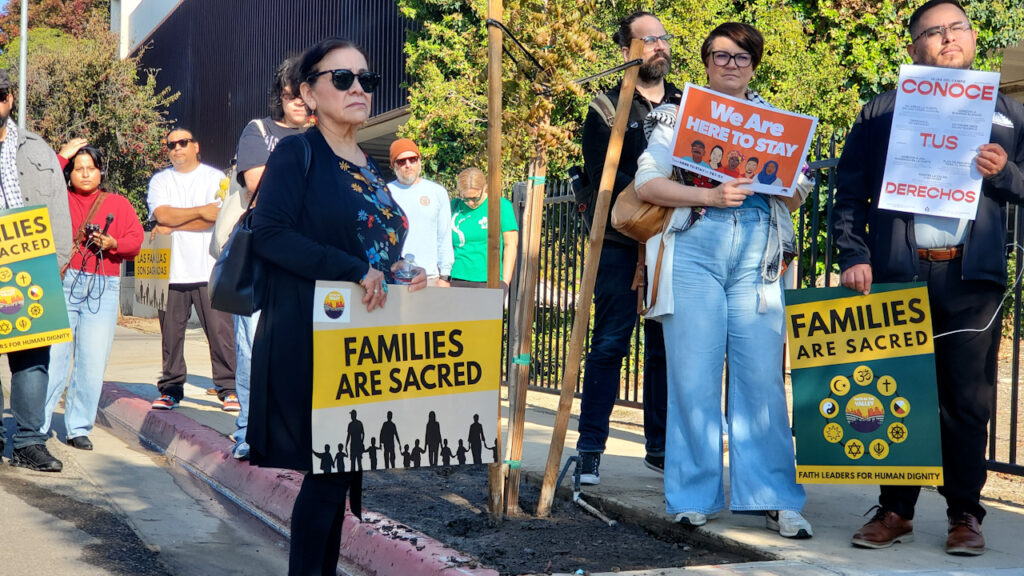Share
|
Getting your Trinity Audio player ready...
|
After three years, the pandemic-era freeze on federal student loan payments will end this fall and more than 40 million Americans will have to start making payments again under the terms of a debt ceiling deal approved by Congress.
Student loan interest will start accruing on September 1 and payments will restart in October. That means tough decisions for many borrowers, especially those in already-difficult financial situations.
It might seem tempting to just continue not making payments, but the consequences can be severe, including a hit to your credit score and exclusion from future aid and benefits.
However, President Joe Biden on Friday offered a plan for a 12-month grace period to help borrowers who initially struggle when payments restart. Exact details have yet to be released.
After that on-ramp, experts say delinquency and bankruptcy should be options of last resort. Deferment and forbearance — which pause payments, though interest may continue to accrue — are often better in the short term.
What Happens if I Don’t Make Student Loan Payments?
Once payments restart in earnest, borrowers who can’t or don’t pay risk delinquency and eventually default. That can badly hurt your credit rating and make you ineligible for additional aid and government benefits.
If you’re struggling to pay, advisers first encourage you to check if you qualify for an income-driven repayment plan, which determines your payments by looking at your expenses. You can see whether you qualify by visiting the Federal Student Aid website. If you’ve worked for a government agency or a non-profit organization, you could also be eligible for the Public Service Loan Forgiveness Program, which forgives student debt after 10 years.
Carolina Rodriguez, Director of the Education Debt Consumer Assistance Program at the Community Service Society of New York, emphasizes that anyone temporarily unemployed should be able to qualify for a $0 payment plan. And many others qualify based on income and family size.
“The repercussions of falling into delinquency can be pretty severe,” Rodriguez said. “The federal government can administratively intercept tax refunds and garnish wages. And it can affect Social Security, retirement, and disability benefits. Does it make financial sense at that point? Probably not.”
Rodriguez says her organization always advises against deferment or forbearance except once a borrower has exhausted all other options. In the long term, those financial choices offer little benefit, as some loans will continue to accrue interest while deferred.
Abby Shafroth, senior attorney and director of the Student Loan Borrower Assistance Project at the National Consumer Law Center, said that, of the two, deferment is generally a better option.
That’s because interest generally does not accrue on Direct Subsidized Loans, the subsidized portion of Direct Consolidation Loans, Subsidized Federal Stafford Loans, the subsidized portion of FFEL Consolidation Loans, and Federal Perkins Loans. All other federal student loans that are deferred will continue to accrue interest.
“Forbearance allows you to postpone payments without it being held against you, but interest does accrue. So you’re going to see your balance increase every month.”
The U.S. Supreme Court has ruled that the Biden administration overstepped its authority in trying to cancel or reduce student loan debt, effectively killing the $400 billion plan, which would have canceled up to $20,000 in federal student loans for 43 million people. Of those, 20 million would have had their remaining student debt erased completely.
The sharply divided court held the Biden administration overstepped its authority in trying to cancel or reduce student loans for millions of Americans, saying the administration needs the endorsement of Congress before undertaking so costly a program. The 6-3 decision, with conservative justices in the majority, also rejected arguments that a bipartisan 2003 law dealing with student loans provided the authority Biden claimed.
What Did President Biden Propose When His Plan Was Struck Down?
Biden announced a 12-month grace period when payments restart. Biden said borrowers can and should make payments during the first 12 months after payments resume, but, if they don’t, they won’t be at risk of default and it won’t hurt their credit scores.
Separately, the administration plans to pursue student debt cancellation with a different legal justification than the one struck down by the Supreme Court. The White House hopes to provide relief instead by using the Higher Education Act, a broad federal law that governs the student loan program. Exactly who will be eligible and how much will be canceled will be decided through a federal rulemaking process. But that process can take months, or even longer, so this attempt at cancellation won’t come quickly.
Many questions still remain about the plans, and it’s not entirely clear yet how they will work.
What’s more, there’s no guarantee Biden’s new forgiveness plan could survive another legal challenge. The Higher Education Act has been used to cancel student debt, but never at this scale. Education lawyers for the Trump administration concluded in 2021 that the education secretary “does not have statutory authority to provide blanket or mass cancellation” under the act.
What About Declaring Bankruptcy?
For most student loan borrowers, it’s still very difficult to have your loans discharged, or canceled, through bankruptcy. Borrowers must prove a very hard standard of financial circumstances, called “undue hardship.”
“That doesn’t mean people shouldn’t look into it,” Rodriguez said. “But they may not be successful at discharging their loans.”
For borrowers who show that level of financial strain, chances are they have other options, Rodriguez said.
She advises that borrowers make sure they are speaking to a bankruptcy attorney who understands student loan bankruptcy, which requires a different proceeding than other types of bankruptcy.
Shafroth, of the NCLC, says that new guidance on student loan bankruptcy has been coming out in recent years.
“Though it is difficult to get your loans discharged through the bankruptcy process, an increasing number of borrowers are eligible to get their loans discharged that way,” she said. “A lot of people write that off as: ‘There’s no way, it’s impossible.’ But it’s increasingly possible.”
What Happens When a Loan Goes Into Default?
When you fall behind on a loan by 270 days — roughly 9 months — the loan appears on your credit report as being in default.
“At that point, it’s not just behind, it’s in collections,” Shafroth said. “That’s when you become ineligible to take out new federal student aid. A lot of people go into default because they weren’t able to complete their degree the first time. This prevents them from going back to school.”
Once a loan is in default, it’s subject to the collection processes mentioned above. That means the government can garnish wages (without a court order) to go towards paying back the loan, intercept tax refunds, and seize portions of Social Security checks and other benefit payments.
What Are Other Options if I Can’t Make Payments?
Shafroth said that many borrowers may still be eligible to have loans canceled via a patchwork of programs outside of the Biden administration’s proposed debt relief program.
“If your school closed before you could complete your program, you’re eligible for relief. If your school lied to you or misrepresented the outcome of what your enrolling would be, you can file a borrower defense application, and request your loan be canceled on that basis,” she said. “If you have a disability, you can sometimes have your loans canceled on that basis.”
Shafroth encourages borrowers to look at the Student Aid website to see what their options might be before missing payments.
What if My Loans Were in Default Before March 2020?
Under the Biden administration’s Fresh Start program, borrowers with federal student loans who were in default before the pause have a chance to become current.
Borrowers who were in default will not be subject to collection processes or have wages garnished through about August 2024, or roughly one year after the payment freeze ends. These borrowers have also been granted permission to apply for federal student loans again, to complete degrees. Lastly, these defaulted loans are now being reported to credit bureaus as current.
That said, borrowers must take action if they want to stay out of default after this year-long leniency period ends.
To eliminate your record of default, you should contact the Education Department’s Default Resolution Group online, by phone, or by mail, and ask the group to take the loans out of default via the Fresh Start policy. In four to six weeks, any record of default will be removed from your credit report, and the loans will be placed with a loan servicer. This will also give you access to income-driven repayment plans and Public Service Loan Forgiveness, if applicable.
What if I Was Behind on Payments or Delinquent Before March 2020?
The Fresh Start program also applies to borrowers who were delinquent prior to the payment pause. Those accounts will be considered current, and borrowers will have the option to enroll in income-driven repayment plans that can lower bills to as little as $0, or to apply for deferment, forbearance or bankruptcy.





